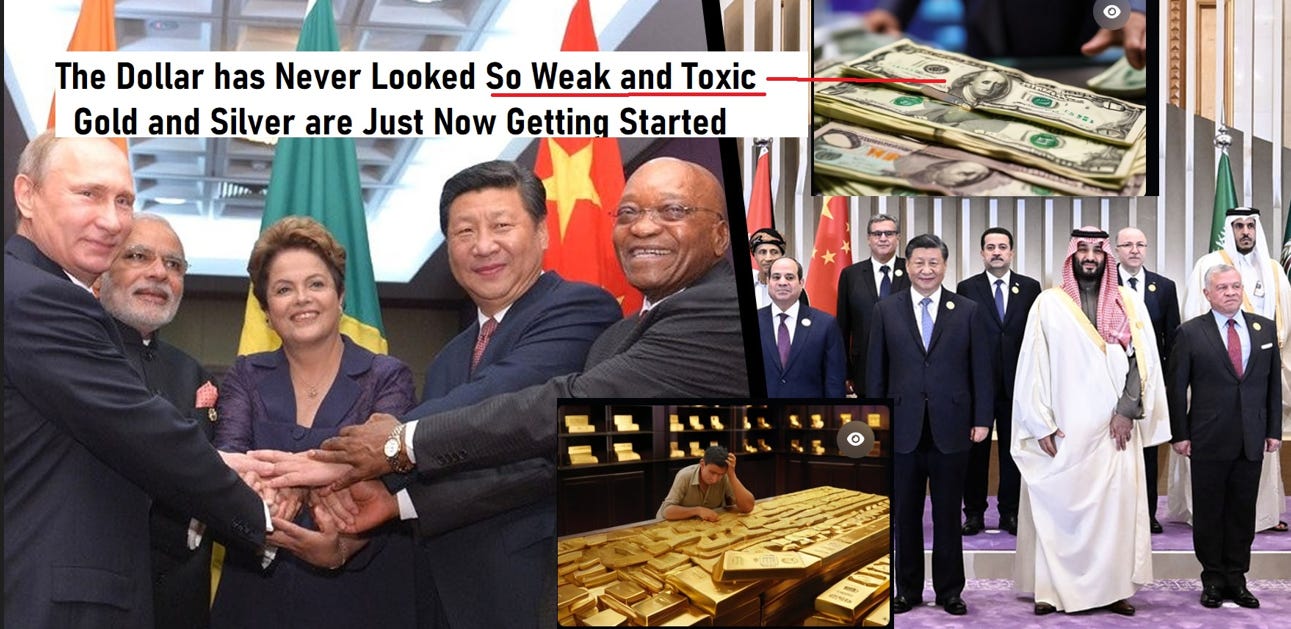The Economy is Cracking Up. Are You?
by David Haggith, The Great Recession Blog:

Economic cracks big enough to drive a car industry into are opening up all over the globe. Trade gaps are opening up between major allies. Widening spreads between the dollar and other currencies are shredding emerging markets. As we start into summer, these cracks and several others described below have become big enough to get everyone’s attention, just as I said last year would become the situation.
I had, as readers here know, predicted the same for last summer but revised my timing to this summer after Trump was elected and the hope for tax cuts lit on fire one of the world’s greatest stock rallies. Those tax cuts are also creating another rapidly rising gap between government revenue and government spending.
That rally died, pretty much as I said it would, almost as soon as those tax cuts became law. In fact, it died sooner than I said it would because I thought the tax cuts would provide more economic levity than they have. The Dow and S&P 500, as of last Monday’s close, hit their longest correction period since 1984! That’s more than half of my lifetime since we saw a correction period last this long.
However, now that the trade war is officially engaged, FANGMAN stocks (Facebook, Apple, Netflix, Google, Microsoft, Amazon and NVIDIA) are taking the market up again. Whether they will undo my prediction that the second leg down in the stock market will occur in early summer … remains to be seen.
Even so, this past Monday, when nearly every expert fully expected Netflix would blaze the trail upward as markets refocused on “earnings”, Netflix shares got slammed (down 13% in one mammoth stomp) because it had almost 20% fewer new subscribers than it had projected in April. Other Netflix news, such as revenue, was pretty much as expected or even a little better, meaning the reaction was … well … a bit panicky perhaps? It is what happens when everyone is leaning on the same seven stocks to save them and the world and the first one to report has wobbly legs.
Netflix blamed the shortfall on its emerging markets where a strengthening dollar crippled its projected growth. Ah, well, that’s still one of those cracks, and that means all is not even well in the FANGMAN stocks. Turns out emerging markets do have contagion that can hammer the United States leading stocks.
(And, as for stocks growing because of “earnings growth,” keep in mind that 50% of that earnings growth was due entirely to fewer tax dollars being taken out of the top-line number, not to corporate revenue growth.)
Trump’s election interrupted the establishment’s failing economic journey; but, as I said back then, the reprieve would be temporary. The collapse would resume. The Trump Rally was due, as David Stockman said, to people getting high on hopium. In reality, the Fed’s fake recovery was already on a path to failure, which it would take back up as soon as delirious hope gave way to the reality that failure was already baked into the “recovery” and that tax cuts of the kind Trump was providing would do little more than stimulate the world’s greatest wave of stock buybacks so that the insider money could get out of stocks, which it has been doing.
(As an interesting side note, Team Trump “forgot” to wipe out a provision in the tax code that allows individuals to pay the corporate tax rate, instead of the personal rate if they want to. That provision was made when corporate rates were higher during the Kennedy administration so that people rarely had reason to opt for the corporate rate. Because congress forgot to remove that provision, the wealthiest individuals in America can now pay less than the middle class at 21%. Ah, but what can you expect?)
Fed pops copper’s topper
I’ve written a lot this year about the Fed’s quantitative tightening as being the ultimate guarantee that the economic is going to sink, so I won’t write more on that here. I will, however, note the coincidence now with Dr. Copper verifying my diagnosis.
As the global economy goes, so goes the price of copper. Thus, copper is called “Doctor Copper” because it is often watched as a life sign for how the global economy is doing. Copper has finally started falling, after a period of healthy growth during the Trump Rally. Here is a graph of what copper prices have done in direct correlation with the Fed’s quantitative tightening: (It is not that the Fed’s actions directly change copper prices, but that, if they hurt the global economy, any downturn there will be reflected in a short time in what happens with the price of copper as demand for copper falls.)

The price of copper flattened when the Fed began QT and then churned sideways at that level all year. Not long after the Fed’s last increase in its rate of QT, copper finally began to fall. If copper is still accurate as an economic gauge, it means global growth, which was rising “harmoniously” last year, stalled with the Fed’s start of QT and, since the start of summer, it has been falling precipitously.
Imminent inversion of the prophetic yield curve
The moves of greatest interest are all happening in interest. Another sign of how well the Fed’s program is working — one that nearly every analyst is concerned about — is the spread between interest rates on short-term bonds and long-term bonds. It has been getting precariously close to its inversion point, an event that has preceded almost every recession known to modern man. Inversion happens when investors become willing to receive a smaller yield from long-term bonds than from short-term bonds, meaning they think something will go seriously wrong in the short-term.
Normally investors in long-term bonds demand higher interest because they anticipate more erosive inflation during a strong economy. When they perceive recession is imminent, on the other hand, they park their money longterm and anticipate less inflation due to recessionary (typically deflationary) forces.
If nothing else, inversion of the yield curve, since it is closely monitored as a key indicator by most investors, can be a self-fulfilling prophecy wherein markets fall because investors suddenly expect them to fall and act accordingly.
At less than one quarter of one percent difference between the long end of bond interest (10-year Treasury note) and the short end (2-year note), the yield curve is now the lowest it has been since the start of the Great Recession (2007).
Rising bond yields and the end of repatriation of foreign profits at lowered tax levels at the end of this year will curtail the stock buybacks that hit record levels this year, which have been the primary thrust behind the stock market throughout the Fed’s so-called “recovery.” Rising bond yields also compete for interest in stocks.
One other sign of impending recession — the spread between the interest rates of risky corporate bonds versus safe treasury bonds — has increased to the critical level (as a gauge) that it hit just before or during six of the last seven recessions.
The China Syndrome … again
Many financial experts are still arguing blindly that we are not yet in a trade war, and the stock market seems to be flitting back and forth on the idea. Yet, China has already promised retaliation against the tariffs Trump has already imposed, and Trump has already promised counter-retaliation to China’s retaliation (if it happens) in the form of another $200 billion worth of Chinese goods that will receive tariffs of 10%. And this week Trump upped his bet more and threatened the possibility of tariffs on all Chinese goods — about $500 billion worth.
Read More @ TheGreatRecession.info



